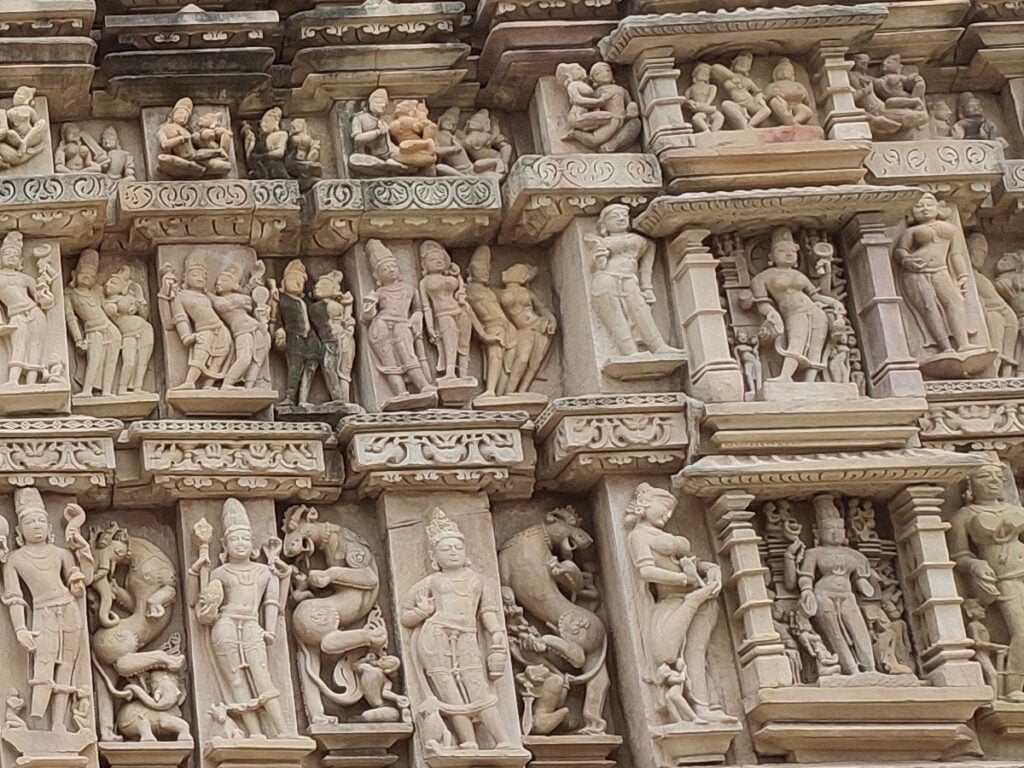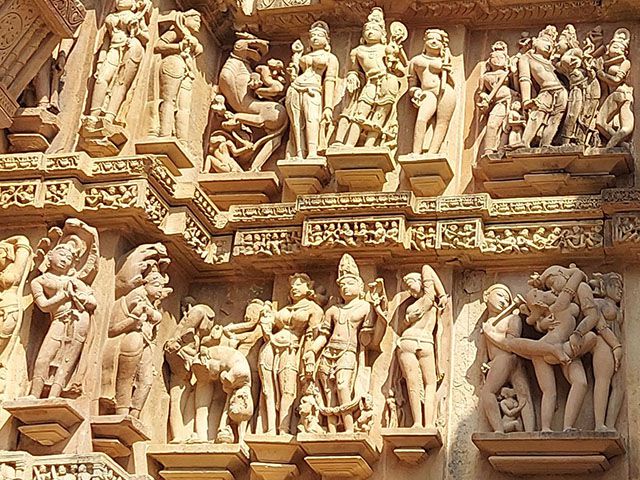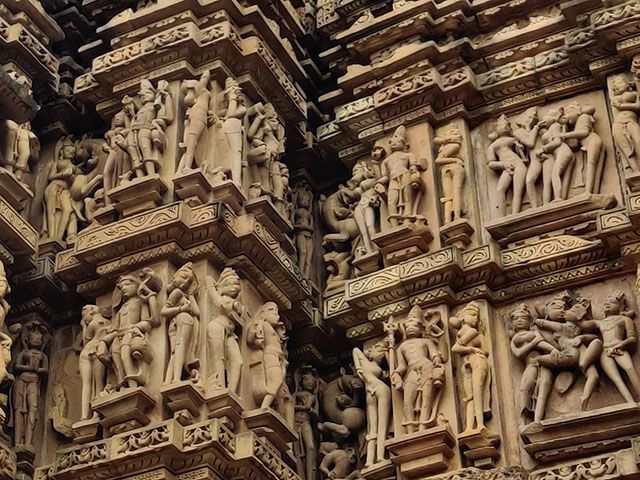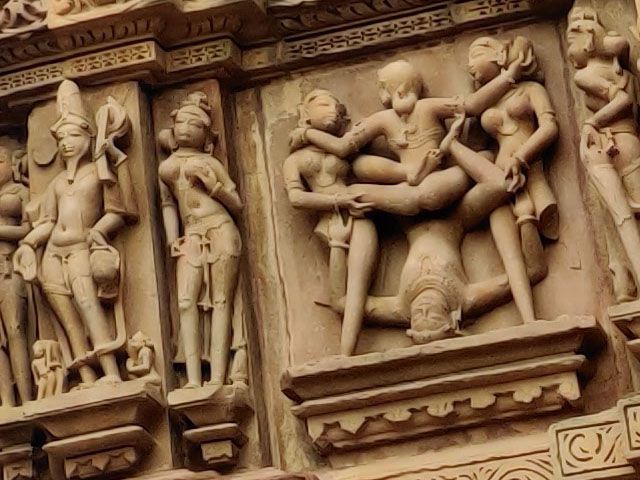What is Kamasutra in Hinduism
What is Kamasutra in Hinduism: It is often mistakenly reduced to a mere manual of sexual positions, holds a significant place in Hinduism that extends beyond its sensual connotations. Rooted in ancient Indian wisdom, the Kama sutra is a treatise on the art of living, encompassing not only the physical aspects of love but also spiritual, psychological, and societal dimensions. In this article, we will delve into the true essence of the Kamasutra, unraveling its profound teachings within the broader framework of Hindu philosophy.

Contents
Historical Context of Kamasutra in Hinduism:
Attributed to the sage Vatsyayana, the Kamasutra is estimated to have been composed between the 2nd and 4th centuries CE. Its origins can be traced back to the Vedic period, a time when the pursuit of knowledge, encompassing various aspects of life, was highly revered. The Kamasutra itself is part of the broader genre of ancient Indian texts known as the Dharmashastra, which deals with righteous living.
The term “Kamasutra” is derived from the Sanskrit words “kama,” meaning desire or pleasure, and “sutra,” denoting a thread or aphorism. Therefore, the Kama sutra can be understood as a collection of aphorisms on the pursuit of desires, encompassing both physical and emotional realms.
Read More>> Is Eating Non-Veg a sin in Hinduism?
Beyond the Physical: Spiritual Aspects of Kamasutra
Contrary to popular belief, the Kamasutra is not solely focused on physical intimacy. It is a comprehensive guide to a fulfilling life that includes principles of ethics, aesthetics, and spirituality. Vatsyayana emphasizes the holistic development of an individual, recognizing the interplay between physical, emotional, and spiritual dimensions.
- Dharma and Artha: The Foundations of Kama
In Hindu philosophy, life’s purpose is often described through the Purusharthas, the four fundamental goals. These goals are Dharma (righteousness), Artha (wealth and prosperity), Kama (pleasure and desire), and Moksha (liberation). The Kamasutra acknowledges Kama as a legitimate and essential aspect of life but places it within the broader context of Dharma and Artha. By doing so, it encourages individuals to pursue pleasure responsibly and ethically, aligning their desires with the principles of righteousness and prosperity.
- The Connection with Yoga and Tantra
The Kamasutra draws connections with the ancient practices of Yoga and Tantra, both of which aim at spiritual elevation. Yoga, as expounded in texts like the Yoga Sutras of Patanjali, seeks to unite the individual with the divine through physical, mental, and spiritual disciplines. The Kama sutra recognizes the importance of physical postures (asanas) and control over breath (pranayama) in enhancing sensual pleasure and achieving a higher state of consciousness.
Similarly, Tantra, often misunderstood as a purely erotic tradition, involves the channeling of sexual energy for spiritual awakening. The Kama sutra aligns with Tantric principles by emphasizing the sacred nature of intimate relationships, viewing them as a means to connect with the divine energy that permeates all existence.
- The Concept of Rasa
In the aesthetic realm, the Kamasutra introduces the concept of Rasa, an emotional or aesthetic experience derived from various art forms, including literature, music, and dance. Vatsyayana suggests that a harmonious union of the senses can lead to the experience of Rasa, transcending the physical act to a sublime, spiritual level. This perspective underscores the idea that the pursuit of pleasure, when guided by higher principles, can elevate one’s consciousness.
Read More>> Niyoga in Hinduism: Unveiling a Controversial Practice in Hinduism

Social Harmony and Relationship Dynamics
The Kama sutra not only delves into the individual’s spiritual journey but also addresses the dynamics of interpersonal relationships within the societal framework. It provides insights into the complexities of human nature and the art of building meaningful connections.
- Marital Harmony and Companionship
Vatsyayana emphasizes the importance of mutual respect, understanding, and companionship in marital relationships. The Kama sutra outlines the duties and responsibilities of both partners, stressing the significance of communication and emotional intimacy. By nurturing a strong foundation in the marital realm, individuals can experience a deeper connection that goes beyond physical attraction.
- The Role of Courtesans and Concubines
While the Kamasutra acknowledges the existence of courtesans and concubines, it does not promote promiscuity or irresponsible behavior. Instead, it provides guidelines for such relationships to be conducted with integrity, respect, and consent. The emphasis is on understanding the emotional needs of all parties involved and maintaining ethical standards in interpersonal connections.
Read More>> Oldest Religion in the World

Misconceptions and Contemporary Relevance
Despite its rich philosophical underpinnings, the Kamasutra has often been reduced to a sensationalized depiction of sexual positions in popular culture. This narrow interpretation not only distorts the true essence of the text but also perpetuates misconceptions about Hinduism and its attitudes toward sexuality.
- Misappropriation and Western Stereotypes
Colonial interpretations of the Kama sutra, influenced by Victorian morality, led to the perception of the text as a licentious manual. Western fascination with the exotic and erotic aspects of Indian culture contributed to the misappropriation of the Kama sutra, divorcing it from its spiritual and cultural context.
- Contemporary Relevance in the Context of Consent and Equality
In the 21st century, the Kamasutra remains relevant as a source of wisdom on the nuanced dynamics of human relationships. Its emphasis on consent, communication, and mutual respect aligns with modern principles of healthy and consensual interactions. By revisiting the authentic teachings of the Kama sutra, individuals can gain valuable insights into fostering fulfilling relationships grounded in shared values.
Read More>> Significance of Swastik Symbol

Kamasutra in Hinduism Conclusion:
The Kamasutra, deeply rooted in Hindu philosophy, offers a holistic guide to life that transcends the boundaries of time and culture. Beyond its portrayal as a manual for physical pleasure, the text delves into the spiritual dimensions of desire, emphasizing the interconnectedness of the physical, emotional, and divine realms. By understanding the true essence of the Kamasutra, one can appreciate its contribution to the broader landscape of Hindu thought and its enduring relevance in navigating the complexities of human relationships.
FAQ:
Q: What is the Kamasutra in Hinduism?
A: The Kamasutra is an ancient Indian text that is primarily a guide on the art of love and sexual relationships. It is not a religious or spiritual scripture, but rather a treatise on the aesthetics and techniques of sexual intercourse. The Kamasutra is often attributed to Vatsyayana, a Hindu scholar who is believed to have lived between the 3rd and 4th centuries CE.
Q: Is the Kamasutra a religious text?
A: No, the Kamasutra is not a religious text. While it is rooted in Hindu culture and philosophy, it is not considered a sacred scripture. The text deals with various aspects of human relationships, including courtship, marriage, and extramarital affairs, and it provides guidance on sexual positions, techniques, and aesthetics.
Q: What is the purpose of the Kamasutra?
A: The primary purpose of the Kamasutra is to guide individuals in achieving a harmonious and pleasurable life, including the realm of intimate relationships. It aims to educate people on the art of living, encompassing love, pleasure, and human connection. The text explores the physical, emotional, and psychological aspects of relationships, providing insights into the dynamics of sexual desire and satisfaction.
Q: Does the Kamasutra have any spiritual or philosophical content?
A: While the Kamasutra is not a religious text, it does touch upon philosophical and ethical considerations related to human behavior and relationships. It discusses the importance of dharma (duty or righteousness) and artha (material success) in conjunction with kama (pleasure) as essential elements for a balanced and fulfilling life.
Q: Is the Kamasutra still relevant in contemporary Hinduism?
A: The Kamasutra continues to be studied and referenced in contemporary times, both within and outside of Hindu communities. However, its relevance varies among individuals and communities, and its teachings are often interpreted in diverse ways. Some view it as a valuable historical and cultural document, while others may consider its explicit content inappropriate or outdated.
